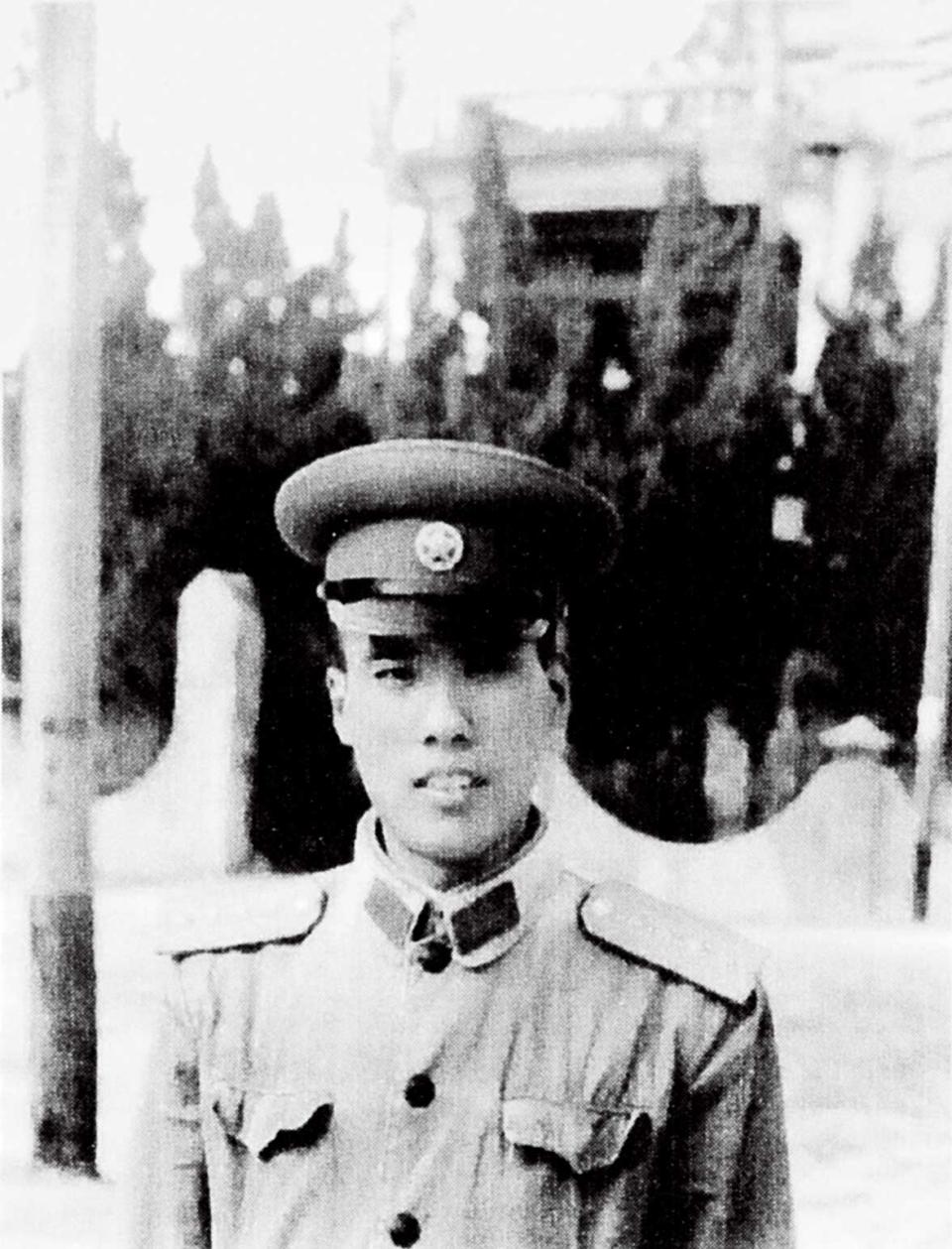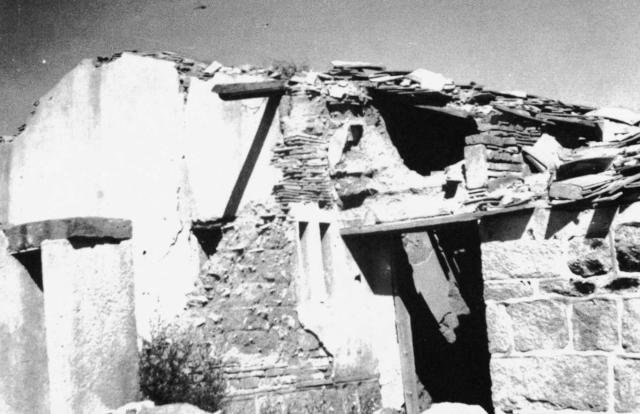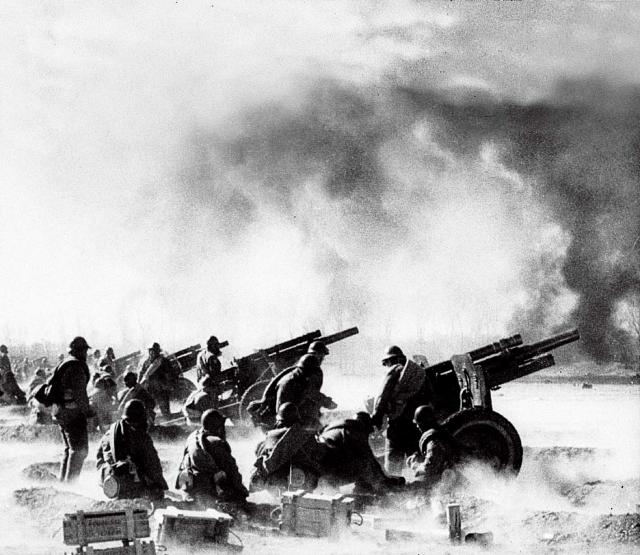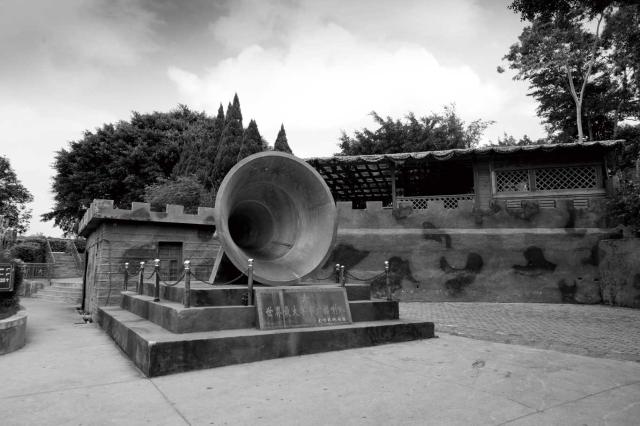In the early 1950s, Chiang Kai-shek’s forces launched limited attacks from Kinmen and Mazu against the coast of the Chinese mainland. Both sides viewed the islands as a potential launching pad for a KMT invasion to retake the mainland and had an interest in controlling them.
Tensions across the strait reached a climax in 1958 with the Kinmen Artillery Bombardment, also known as the 823 Artillery Battle.
Kinmen, also called Quemoy, a Taiwan islet three kilometers from the Chinese mainland city of Xiamen, Fujian Province, has been a military base where for years Chiang concentrated his army to prepare to recapture the mainland.
When the 823 Artillery Battle broke out, Wang Chengbin was Deputy Regimental Commander of the 271st Infantry Brigade, 91st Division, 31st Army.
In 1958, the mainland had gradually finished building military airfields along the southeastern coastline. The newly opened Yingtan-Xiamen Railway connecting Jiangxi with Fujian provided convenient transportation and more frequent dispatches. As a result, the People’s Liberation Army (PLA) went ahead and gathered its forces to coordinate with the PLA navy along the seashore.
There were air and naval skirmishes in mid-July. Wang recalled that the slogan “We shall liberate Taiwan” sonorously echoed at all levels. The 271st Infantry Brigade was fully prepared.
Air skirmishes were generally brief, lasting about three to five minutes. Wang and his soldiers watched from below. Every now and then, they saw one or two fighters vanish from the air with a plume of black smoke, but it was impossible to tell who had prevailed until news of the situation was internally announced by the army each evening.
On August 23, 1958, the PLA began an intense artillery bombardment against
Kinmen, launching 57,000 shells.
The first wave of artillery fire took Chiang’s army by surprise. It struck the
tunnel entrance of the Kinmen Defense Command (KDC), killing two deputy defense commanders and wounding the Defense Commander Hu Lieh.
Wang said it was Shi Yichen, Deputy Commander of the Fuzhou Military Region, that planned and organized the sudden attack.
The tunnel entrance of the Kinmen Defense Command was located behind Mount Taiwu, a blind spot from the mainland. Precision bombardment was nearly impossible.
Underground tunnels had become the most secure storage and shelter. Tunnels with a total length of 2,500 meters built underneath the town of Jincheng had become
important supply channels during wartime.
Shi learned the exact position of the tunnel entrance after he interrogated a couple of spies from Taiwan. To prepare for a precise and sudden strike, he and his troops spent two days simulating a bombardment on a mountain geographically similar to Mount Taiwu with a 152 millimeter howitzer.
After 44 days, on 6 October 1958, the mainland halted the shelling. Dead and wounded Taiwanese soldiers numbered close to 3,000. There was a sharp turn in mid-October, when the 271st Brigade was abruptly ordered to withdraw from the frontline. Wang and his troops were told to march deep into the mountains of Longyan District,
Fujian, to make iron and steel. The ill-fated mass steel campaign had begun. It was part of the Great Leap Forward of 1958-62 led by Chairman Mao Zedong that aimed to rapidly industrialize China’s agrarian economy. Chinese society was mobilized to make iron and steel via any means possible, with the single-minded goal of surpassing the UK in production within 15 years. The military was a major part of this.
But the artillery fire on both sides did not stop. It continued for the next two decades, ending for good in January 1979 after the US and the People’s Republic of China recognized each other. Firing would take place on alternate days of the week, but it was more symbolic after the 1950s, when the shells were replaced with propaganda leaflets.

 Old Version
Old Version


